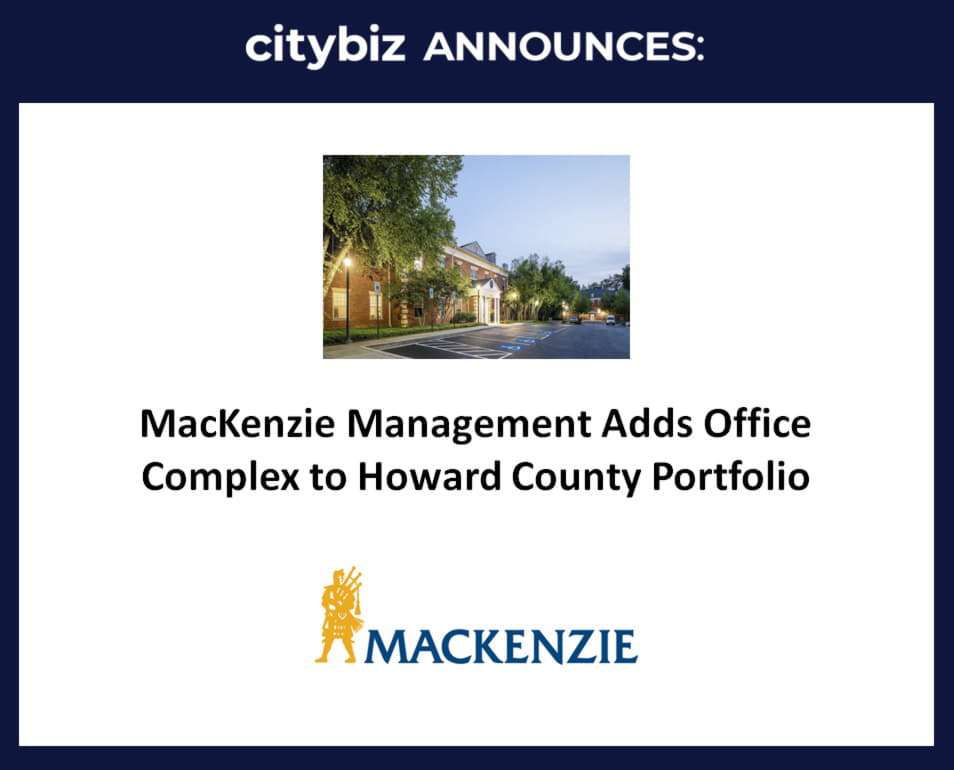
Has your organization hit a point where the status quo, a place where things stay the same doesn’t feel competitive? Most organizations eventually comes to a point in time where they want to change and improve things. The successful ones may do it right – or they may just be lucky. The problem with luck is that it is very hard to replicate.
So how can your organization duplicate successes and improve the odds that the changes implemented are going to not just be successful changes, but create success as well?
3 KEYS
There are three key components to organizational change: strategy, tactics and people. While most people tend to go to their strengths, everyone should understand the need for all three:
Strategy - skill in managing any matter, using a plan, a scheme or a system. In the world of organizational change, it really means the vision -- defining what needs to change and why. Without a plan, there is no direction.
Tactics - the methods used to bring about change. There are a wide variety of tools to manage change, but you need the right tool for the job. The less effective the tools, the more time and energy is wasted. Sometimes a few tools, used in conjunction with one another is the best way to accomplish a successful change. Without the right tools in the right hands, some changes never happen.
People –each of us is unique and reacts differently based on a distinct combination of human nature and environment. Different personalities, styles, preferences and filters impact how people react and handle change. Without people being on board with the change, the strategy and the tactics chosen won’t matter.
YOUR STREGTH CAN LEAVE YOU WEAK
We all have preferential styles and talents that move us to the areas where we feel most comfortable and probably experience the most success.
Strategy – WHY/WHAT
People who think that Strategy is their strongest suit usually ask:
- Where are we going?
- How are we doing?
- What needs to change? Why?
Concerned with the bottom line and the big picture, these folks use words like vision, purpose, competition, performance, goals, critical analysis, brainstorming, and logistics. They are looking ahead to see where the organization will be in the next five years, compare themselves to other firms, evaluate the effectiveness of current practices and explore new ways of doing things.
Tactics - HOW
Those whose strengths lie here are concerned with how to make needed changes rather than why they are necessary. The focus is on the tools and processes that can bring about successful transition and the attention in on the present rather than the future. They use words such as tools, hardware, sequence, discipline, details, control and plan. Order is created by assigning tasks and organizing, scheduling and performing follow-ups.
People – WHO
People who find themselves drawn to the interpersonal aspects of change are most concerned with involving others, gaining trust and eliminating fear. They are eager to reduce conflict and improve teamwork. Words that carry weight include communication, values, growth, interaction, participation, training, intervention, development, emotion and interpersonal. Through sharing, listening, expressing and collaborating they work towards developing team building tools.
- Big picture people like strategy.
- People who like methodology, tools and technology favor tactics.
- People-people are interested in communication, learning, feeling and knowledge.
SUCCESS IN MANAGING CHANGE
Managing the transition process successfully requires a working knowledge and comfort level with all three areas. To sustain change, communicate with people who approach the process differently and form a strong team that uses the most powerful tools for the tasks at hand.
The most effective change ‘masters’ are those who build bridges between the three components – strategy, tactics and people. If you are most comfortable in only one specific area, take heart and make a concerted effort to learn more about the other two areas. Get to know those who value the other aspects of organizational change. Going to your strengths could mean knowing what areas require support and development. Be resourceful and make sure that all three areas are included in your plans for successful change.



































